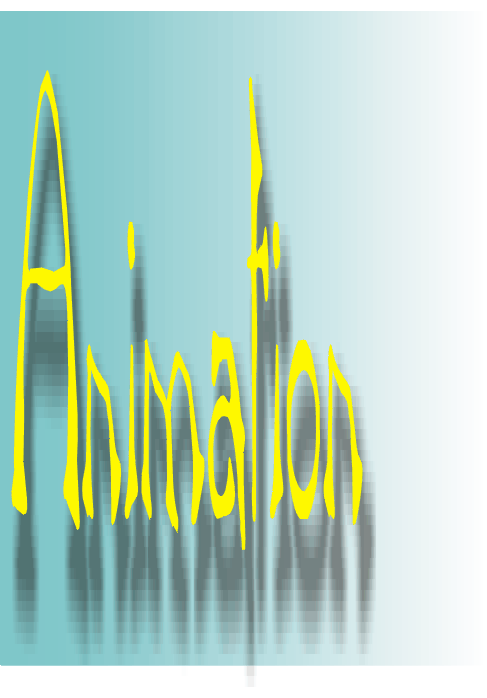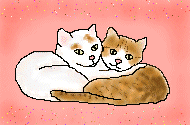
You will begin with preproduction imagining and storyboarding then move to production of numerous chronologically ordered images in a continuum that will form your animation. Postproduction reworking of intensity and contrast of images will be followed by an evaluation.
What you'll
need to have
You
will need a flip book (provided in class) 2 combined if you are ambitious,
available at most stationary stores. It is also useful to have a mechanical
pencil and eraser handy (don't do this assignment in pen!) since a
mechanical pencil ensures a relatively consistent pencil tip. Please make sure
to bring these to class each day.
Process
a)
Sit back and conjure up a simple story a very simple story.

b) This
should be able to be explained over the phone (i.e., no pictures) in a few
sentences , write it down.
c) Next
lay out a storyboard
- (this is an outline of your story which is a sequence of rough sketches depicting
the main scenes in the structure of the animation) on several 81/2 x 11 paper.
d) Think
of a soundtrack you might use if this were a professional quality
animation.
e) Your
actual soundtrack could be sound, voice-over or sound-effects (created from your
mouth or using actual objects CD or MP3 ). sound is
optional at the moment due to lack of class resources
f) Determine how many frames you want between each key-frame, and begin working
on your final animation.
"hello there" an animation of a passionate love between a figurine and a lighter made with a QuikCam and GIF Construction software
Learn
about how animation works and some interesting links to explore 



![]()